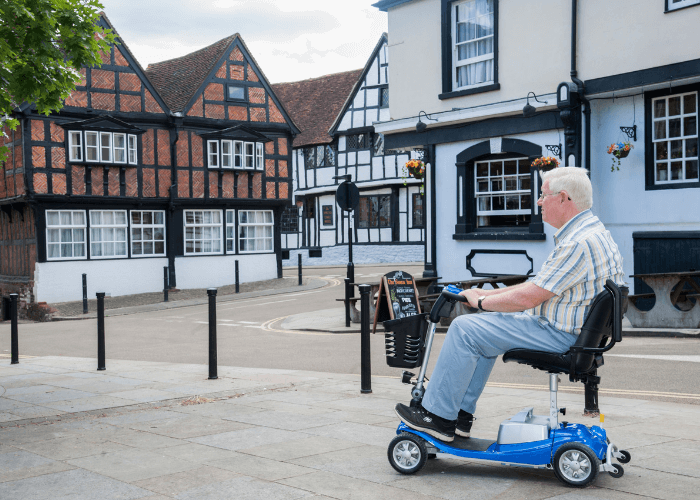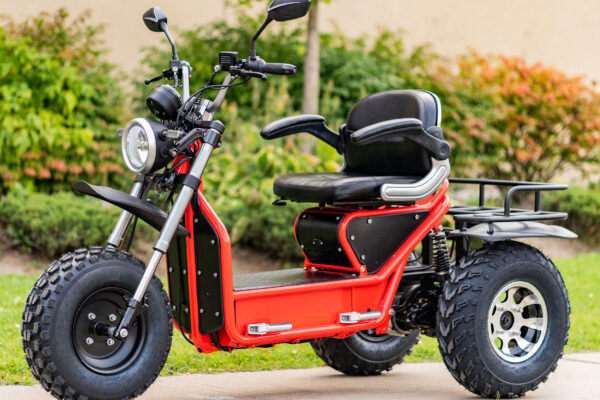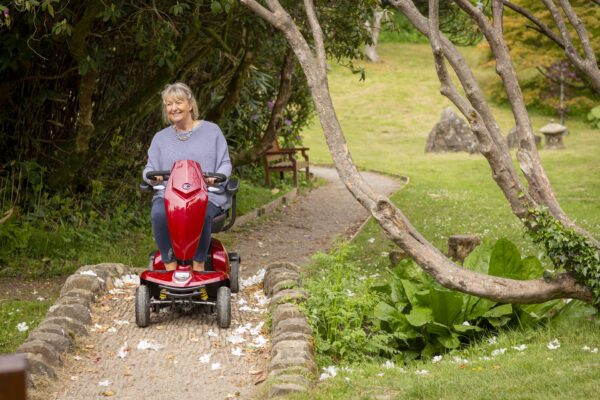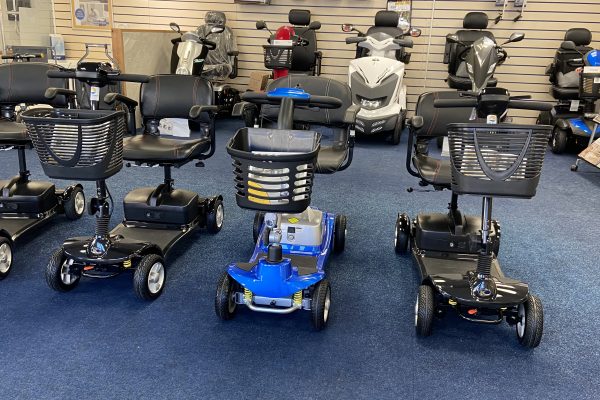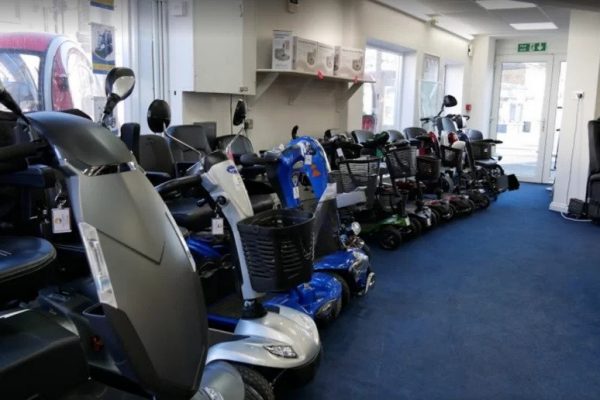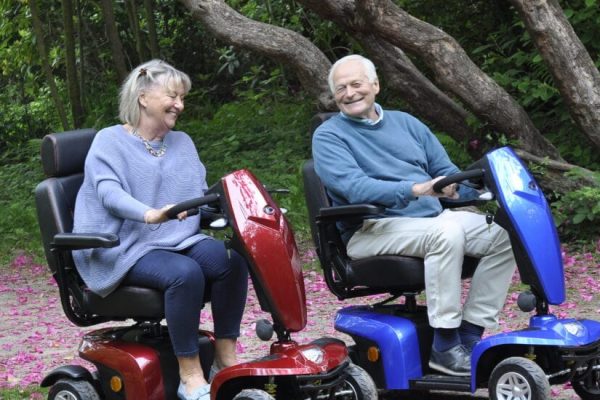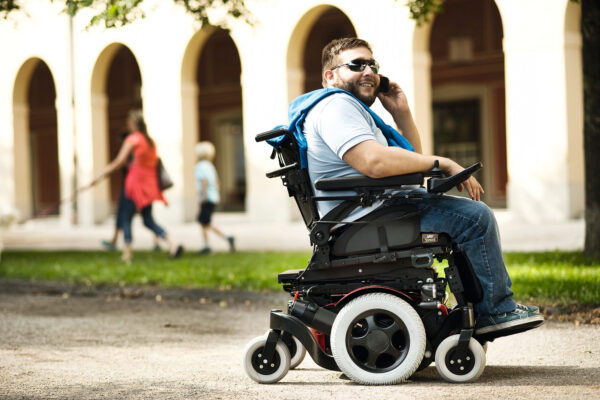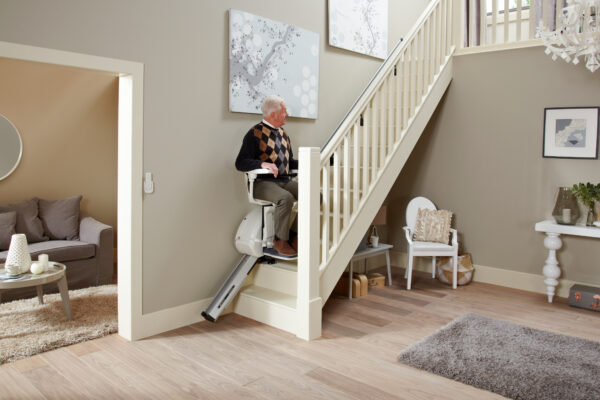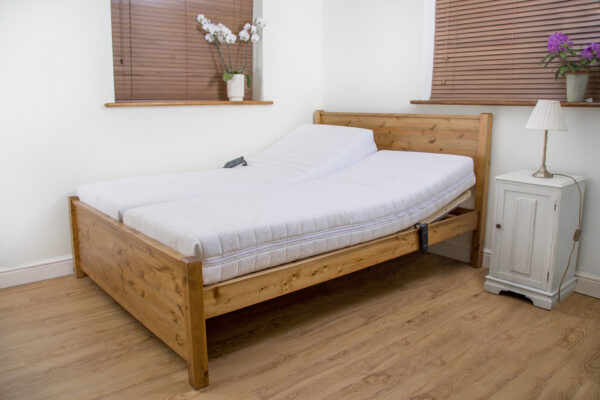Do you know the different types of mobility scooter classes? We understand that when you’re looking for a mobility scooter, it may be difficult to differentiate between them and to decide which one is right for you.
Here’s a helpful guide detailing each class, what scooters are included, and what type would be best for your needs.
Mobility Scooter Classes Definitions
Class 1 – Non-electric wheelchairs
Class 2 – Powered wheelchairs and pavement scooters
Class 3 – Powered wheelchairs and road scooters
All About Class 2 Mobility Scooters
Suitable for both indoor and outdoor use, class 2 mobility scooters are used on all pavements and footpaths. Whilst they are suitable to use pedestrian and zebra crossings, they are not permitted for travel along the road.
With a top speed of 4mph, they are slightly faster than walking which is why they are restricted to pavement use. Generally, they have a range between 9-25 miles – with some exceptions of up to 35 miles – and a compact battery that provides sufficient power.
Class 2 mobility scooters are both smaller in size and lighter in weight when compared to class 3 mobility scooters. Due to this, they are easy to store and easier to transport. With a general capacity between 120-170kg (18.9-26.7 stone), they are not suitable for users above this weight and easily portable for wherever you’d like to go.
Although it is recommended, insurance for your pavement scooter is not required. You also do not need to register it with the DVLA.
Perfect for: those either travelling regular short distances or less regular long days out.
All About Class 3 Mobility Scooters
Commonly known as road scooters, class 3 mobility scooters can travel up to 8mph and are designed to be used on the roads. Road scooters can be used on dual carriageways with speeds below 50mph – flashing amber lights must be fitted – but cannot be used in cycle lanes, bus lanes, or motorways. They are able to travel on pavements too but must have a way to limit the speed to 4mph which is normally achieved using a switch.
Due to their higher speed, they are also larger, more durable and travel further than class 2 mobility scooters. Generally, they have a range between 20-36 miles at 8mpg and have a capacity between 136-220kg (21.4-34.6 stone). They are not suitable for any users beyond this weight and aren’t suitable for being transported in cars or trains.
To be recognised as a class 3 mobility scooter, it must have headlights, rear lights and indicators; horn; rear view mirror; and emergency hand brakes. Enclosed mobility scooters can often be mistaken due to their look, but they are not always class 3.
Although it does not require an MOT and is not subject to road tax, it must be registered with the DVLA. You can do this by completing a V55/4 form if you’re buying a new mobility scooter, or a V55/4 form if you’re buying a second-hand model. Insurance is not mandatory for class 3 mobility scooters, but it is strongly recommended.
Perfect for: those travelling long distances regularly.
Mobility Scooter Classes: Which One is Right for Me?
If you’re still wondering which mobility scooter class is best for you, get in touch with us today and we’d be more than happy to help you decide. We also offer free home demonstrations and have our own showroom, so you can experience our mobility scooters first-hand!



